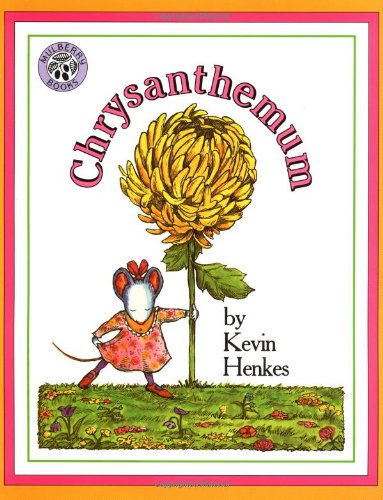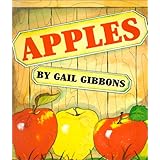Hi there! I'm so glad it's my turn to be posting on Teaching Blog Round Up! I love this collaborative blog and am so thrilled to be a part of this group of fabulous bloggers! As some of you may know, I work at a PBIS (Positive Behavioral Interventions and Supports) school. We are in our 4th year of implementing PBIS, and I love everything about it. The basic idea is that you change your language and attention to a positive focus. Instead of saying, "Don't run in the hall!" you say, "It's safe to walk in the hall." Basic, yet so effective. My favorite part of working at a PBIS school though, has got to be Think Time. Have you heard of it? I'll give you a little run-down in case you don't already know.
You know that student that is blurting out? Or doing some other "minor" thing that is disrespectful, unkind, irresponsible, or unsafe? Think Time is the perfect solution.
First, you'll need to teach your class about Think Time. We show a Powerpoint presentation that details exactly what happens step by step. I would share the presentation, but our school contracted Dr. Gregory Benner and I'm not sure if I'm allowed to. But, feel free to follow these steps to institute Think Time in your classroom!
Step 1: give a nonverbal warning. Use "the eye of death" or "the hand on shoulder" or just plain proximity. If behavior still persists...
Step 2: Say "Check your behavior" once. Only say this once. If behavior still persists...
Step 3: Give the student a Think Time pass. This is the student's cue to get up, leave the room, head to your "partner Think Time teacher's room" (another teacher who has agreed to host your students when they need a Think Time) and stand in their doorway (key concept to teach little ones: open the door if it is closed). Click the image to snag this FREEBIE!
Step 4: Student waits for the Think Time teacher to acknowledge and nod their head that they can enter the classroom. The student heads straight for the Think Time desk (an empty desk/table with nothing in or on it) and looks "bored" to show they are ready for Think Time. If the student doesn't look "bored," they aren't ready (ie if they're slamming their hands down or throwing a fit, they aren't ready to think about their behavior).
Step 5: When the teacher has a free moment (they do not stop their teaching, but rather, wait for a natural pause in instruction), they go to the student and give them a pencil and a Think Time Debriefing form (these are kept close by so the teacher has easy access to them) and WALKS AWAY. Click the image below to snag your Think Time Debriefing form and Think Time passes FREEBIES!
Step 6: The student fills out the form and waits for the teacher to return. When the teacher returns, he/she asks the questions
that are right on the form. "What was your behavior?" "What do you need to do?" "Can you do it?" If the student is able to answer all of the questions, they are dismissed and ready to return to the class. If they don't know what they did wrong, they aren't ready and need to stay and think some more.
Step 7: The student returns to the doorway of their own classroom and waits for the teacher to acknowledge them with a nod to come in. The student turns the Think Time worksheet in to the teacher (I have my students put them in my turn-in box) and returns to their task (if they miss something due to Think Time, they must make it up during their recess).
We do not call home to parents when students get a regular Think Time. Parents are informed that our school uses Think Time and what it is, so most of them understand that blurting out is not something we will call home for. However, if a student gets 4 Think Times in a 7 day period, we call home and students are given lunch detention. Students are made aware that parents will not be called unless they get an Admin Think Time...
*If a student is unable to complete these steps (let's say they throw a tantrum or slam the door on their way out), they get an "Admin Think Time." You call the office (or counselor, or principal) and that person comes to retrieve the student (ours have the student fill out an "Admin Think Time Form") until they are ready to complete the original Think Time.
The brilliant piece of this simple concept, is that if your whole school uses it, you are all using the same language and have the same expectations. For me, blurting out was the most annoying behavior to deal with. It wasn't enough to consider it a major behavior, so I never felt like anything I did worked. I basically felt the same way about every minor behavior problem. Now, if I encounter a minor problem, the student leaves the room and we both get a break from one another. It's a win-win!
*If you haven't already entered, I'm having a giveaway sponsored by 4 amazing Etsy sellers! You only have 1 more day to enter, so don't miss out! Stop by my blog by clicking below to enter!
I'll see you all next month!





























































